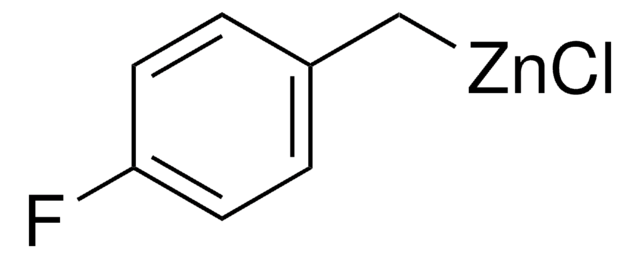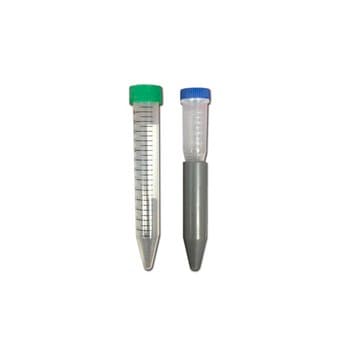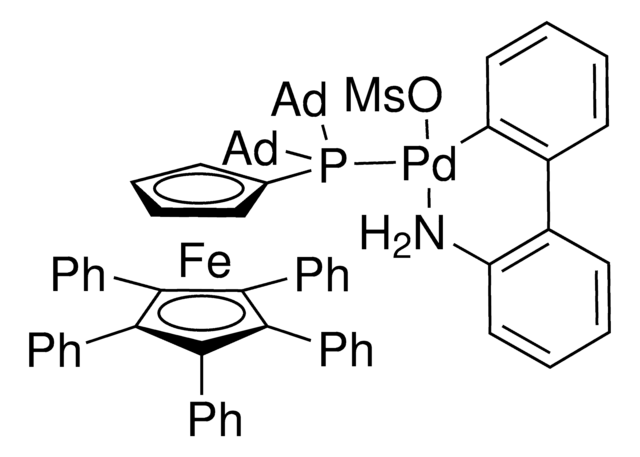936200
AdQPhos Pd G4
Sinónimos:
AdQPhos G4 Palladacycle, AdQPhos Palladacycle
About This Item
Productos recomendados
form
powder
Quality Level
reaction suitability
reaction type: Cross Couplings
color
red to purple
functional group
(palladium)
phosphine
SMILES string
CS(O[Pd](C1=C(C2=C3C=CC=C2)C=CC=C1)([P](C45C[C@H]6C[C@H](C[C@H](C6)C5)C4)(C78C[C@H]9C[C@H](C[C@H](C9)C8)C7)c%10cccc%10)[NH]3C)(=O)=O.c%11(C%12=CC=CC=C%12)c(C%13=CC=CC=C%13)c(C%14=CC=CC=C%14)c(C%15=CC=CC=C%15)c%11C%16=CC=CC=C%16.[Fe]
General description
Further, by merging with micellar catalysis, this catalytic system demonstrated the feasibility of enabling α-arylation reactions under mild aqueous conditions. This approach provides an environmentally benign alternative to toxic/hazardous solvents like 1,4-dioxane or NMP, bringing modern organic synthesis closer to being ideally sustainable.
Application
Storage Class
11 - Combustible Solids
wgk_germany
WGK 3
flash_point_f
Not applicable
flash_point_c
Not applicable
Certificados de análisis (COA)
Busque Certificados de análisis (COA) introduciendo el número de lote del producto. Los números de lote se encuentran en la etiqueta del producto después de las palabras «Lot» o «Batch»
¿Ya tiene este producto?
Encuentre la documentación para los productos que ha comprado recientemente en la Biblioteca de documentos.
Nuestro equipo de científicos tiene experiencia en todas las áreas de investigación: Ciencias de la vida, Ciencia de los materiales, Síntesis química, Cromatografía, Analítica y muchas otras.
Póngase en contacto con el Servicio técnico







![[(1,3,5,7-Tetramethyl-6-phenyl-2,4,6-trioxa-6-phosphaadamantane)-2-(2′-amino-1,1′-biphenyl)]palladium(II) methanesulfonate](/deepweb/assets/sigmaaldrich/product/structures/324/001/3ffb4bd2-9c6b-451c-80ee-a217f03ca932/640/3ffb4bd2-9c6b-451c-80ee-a217f03ca932.png)
